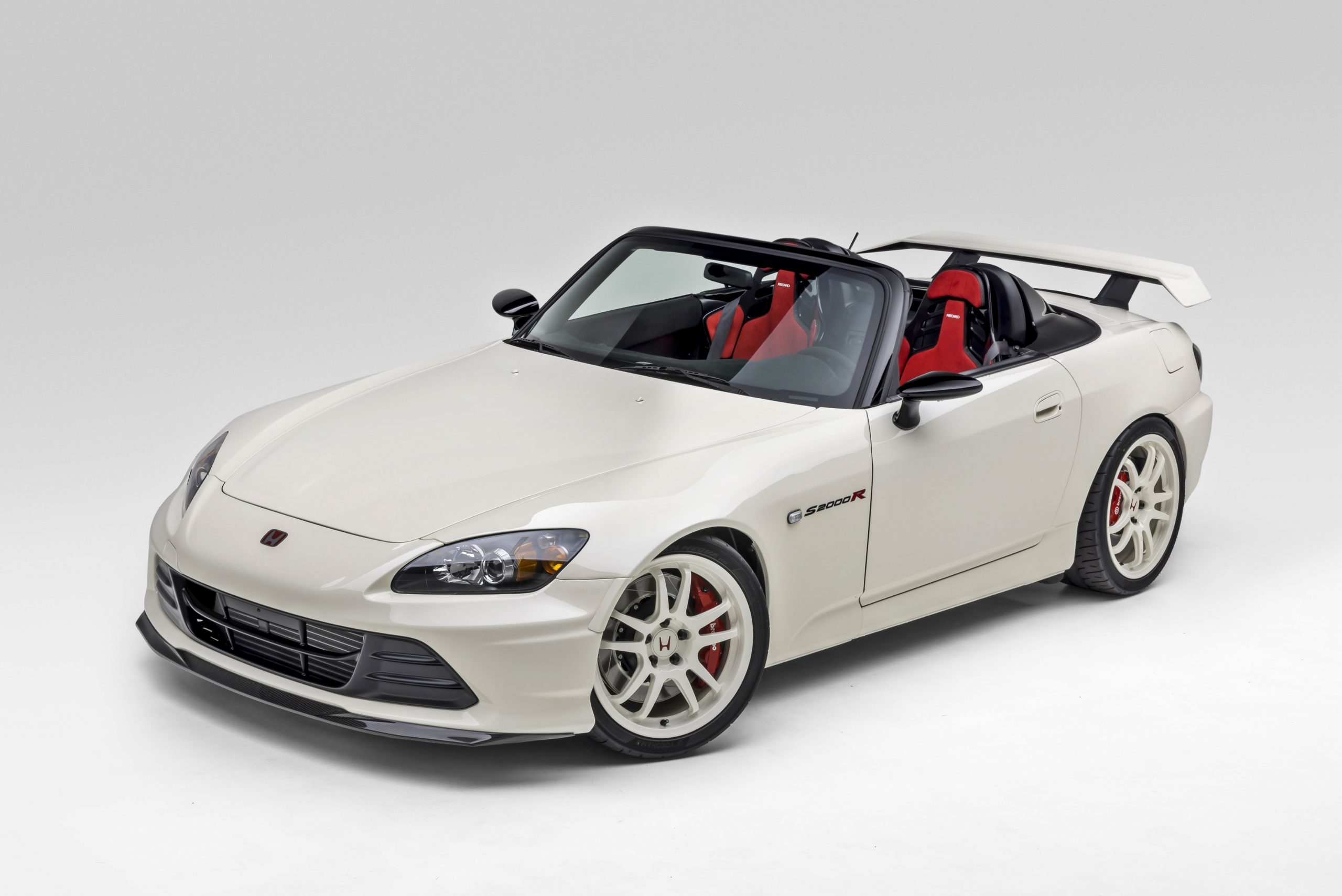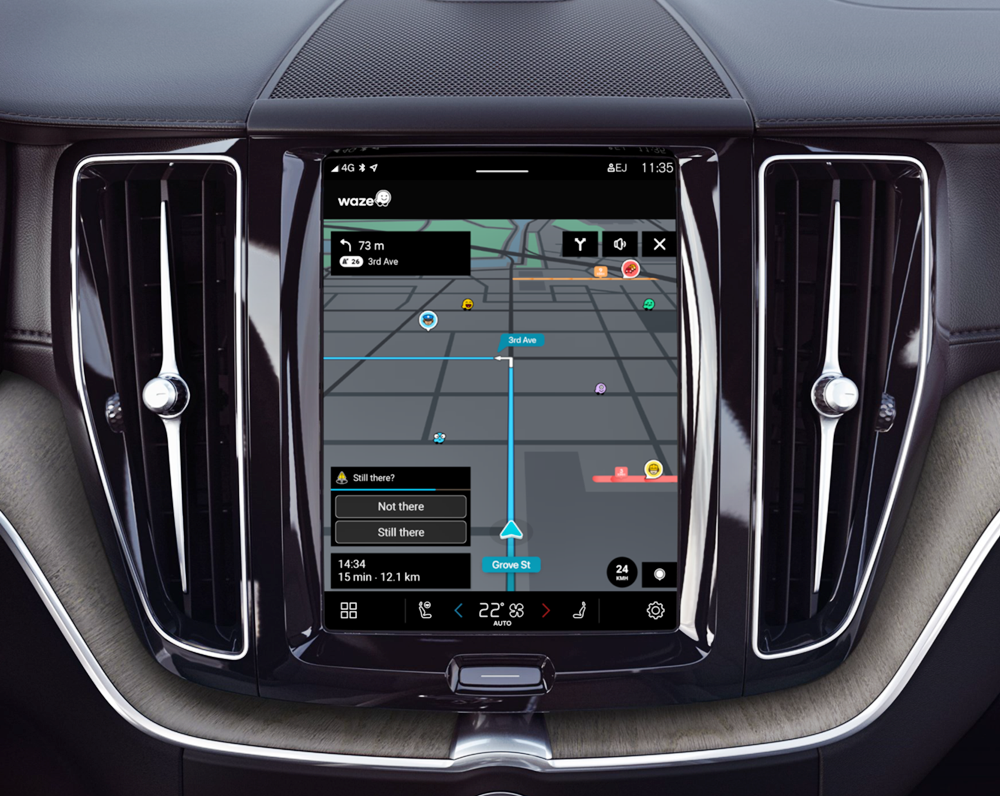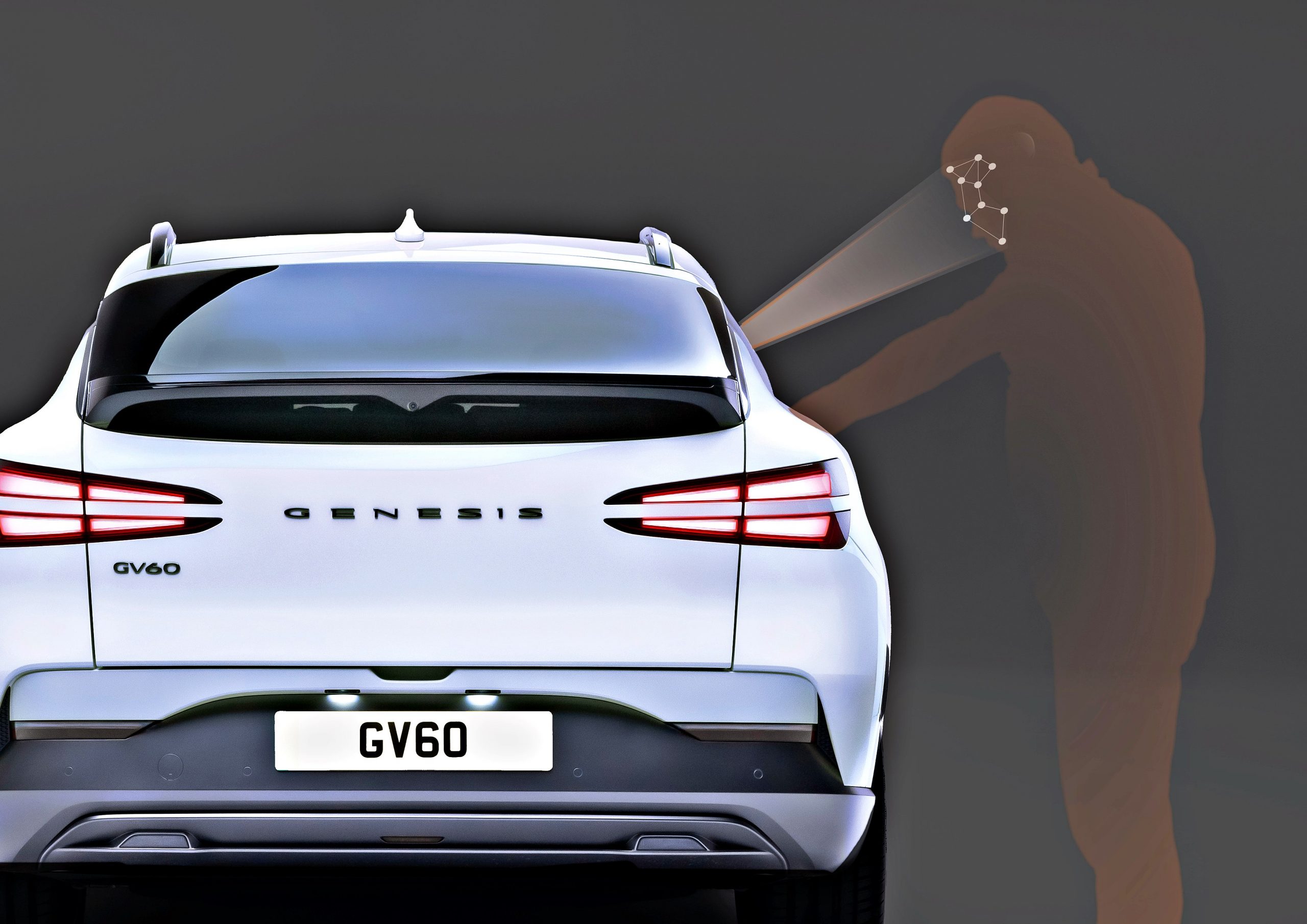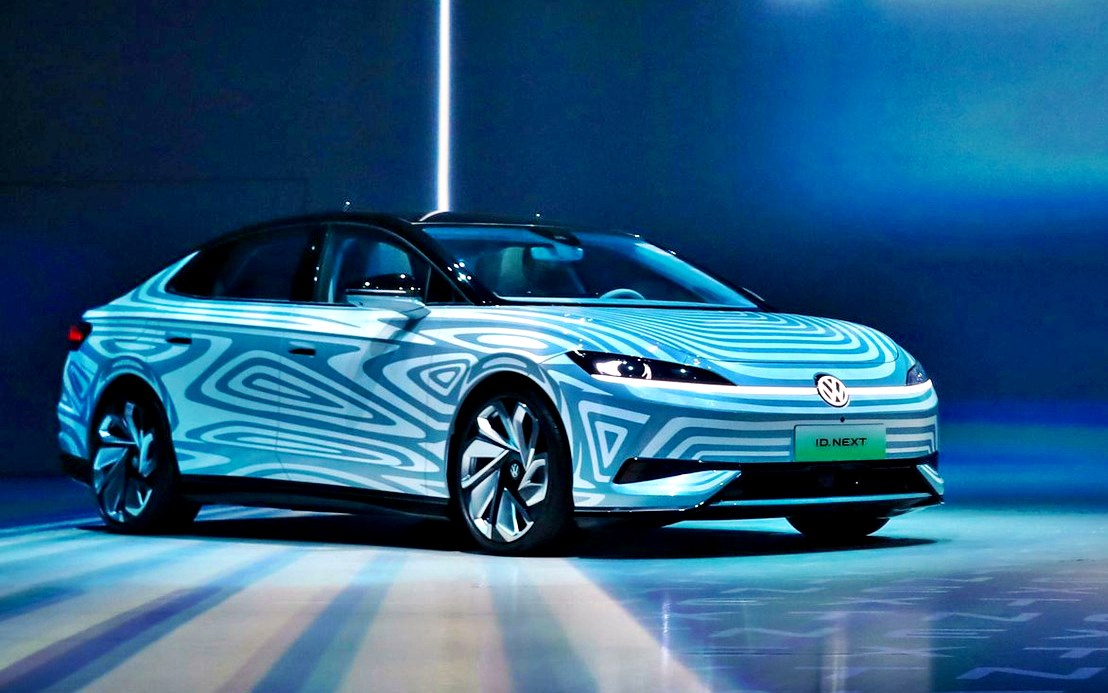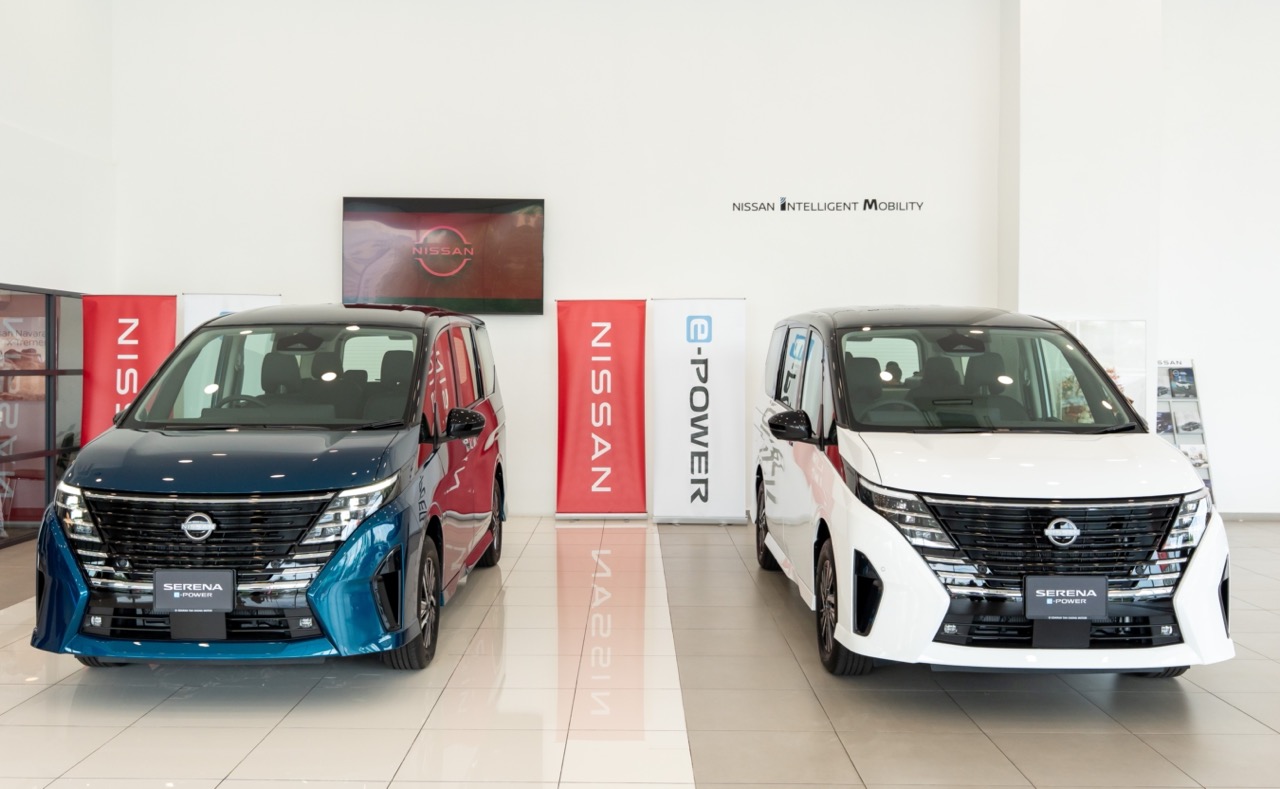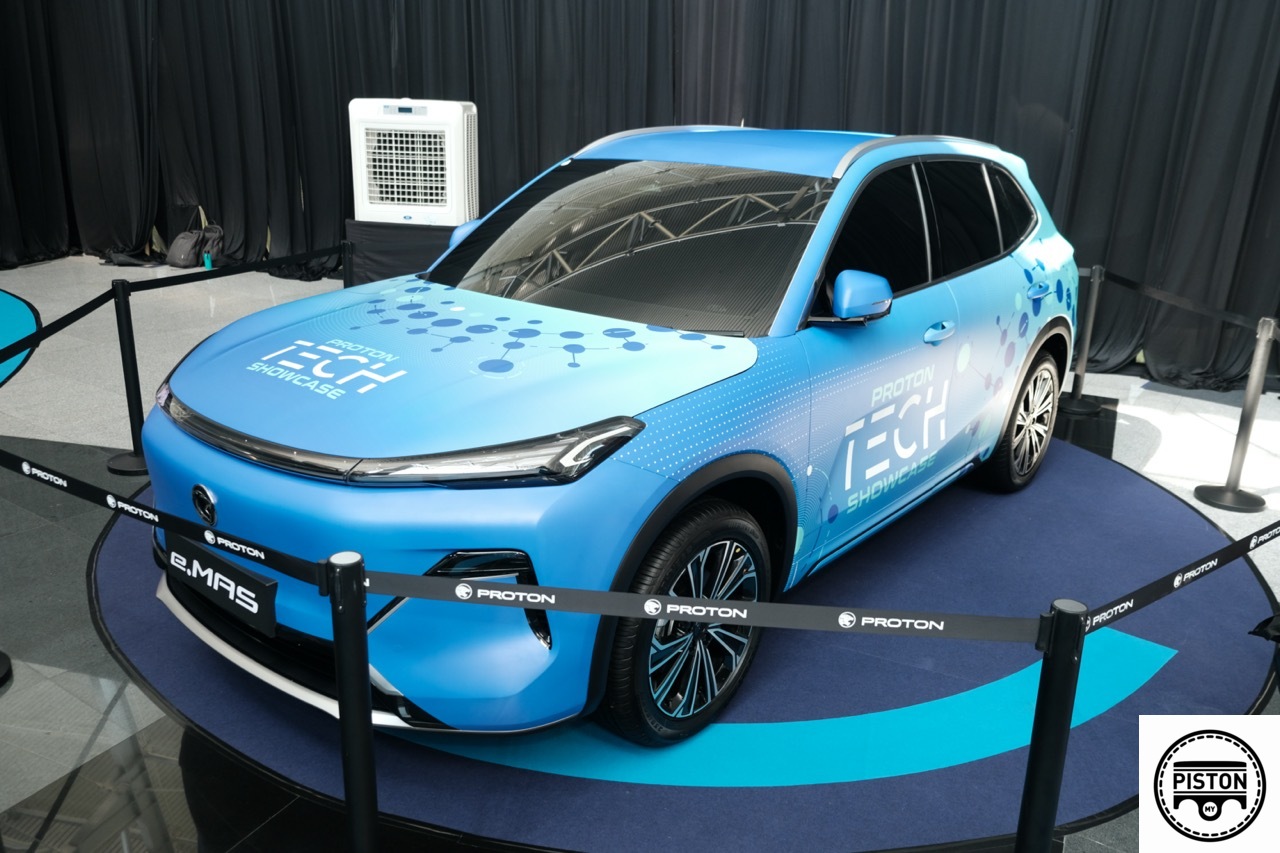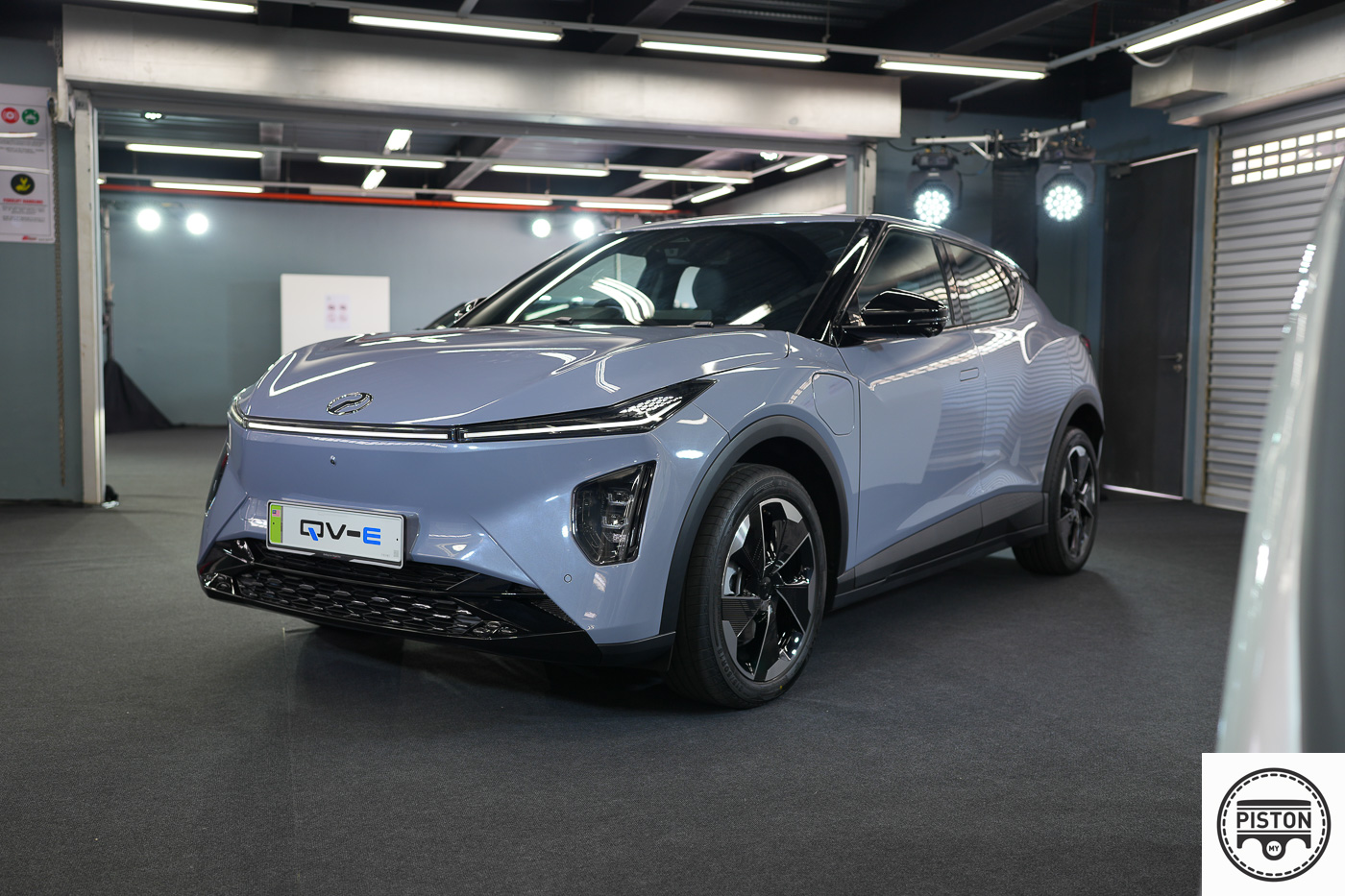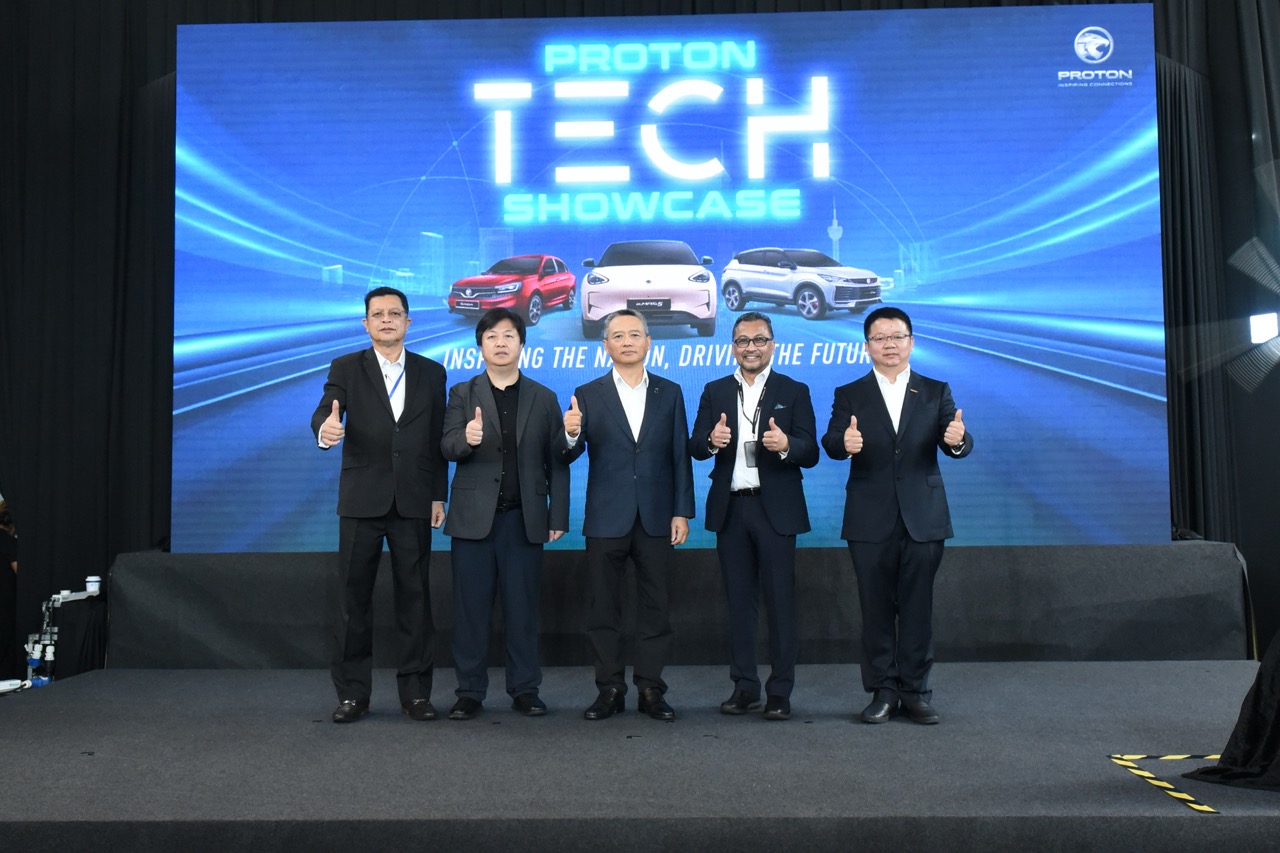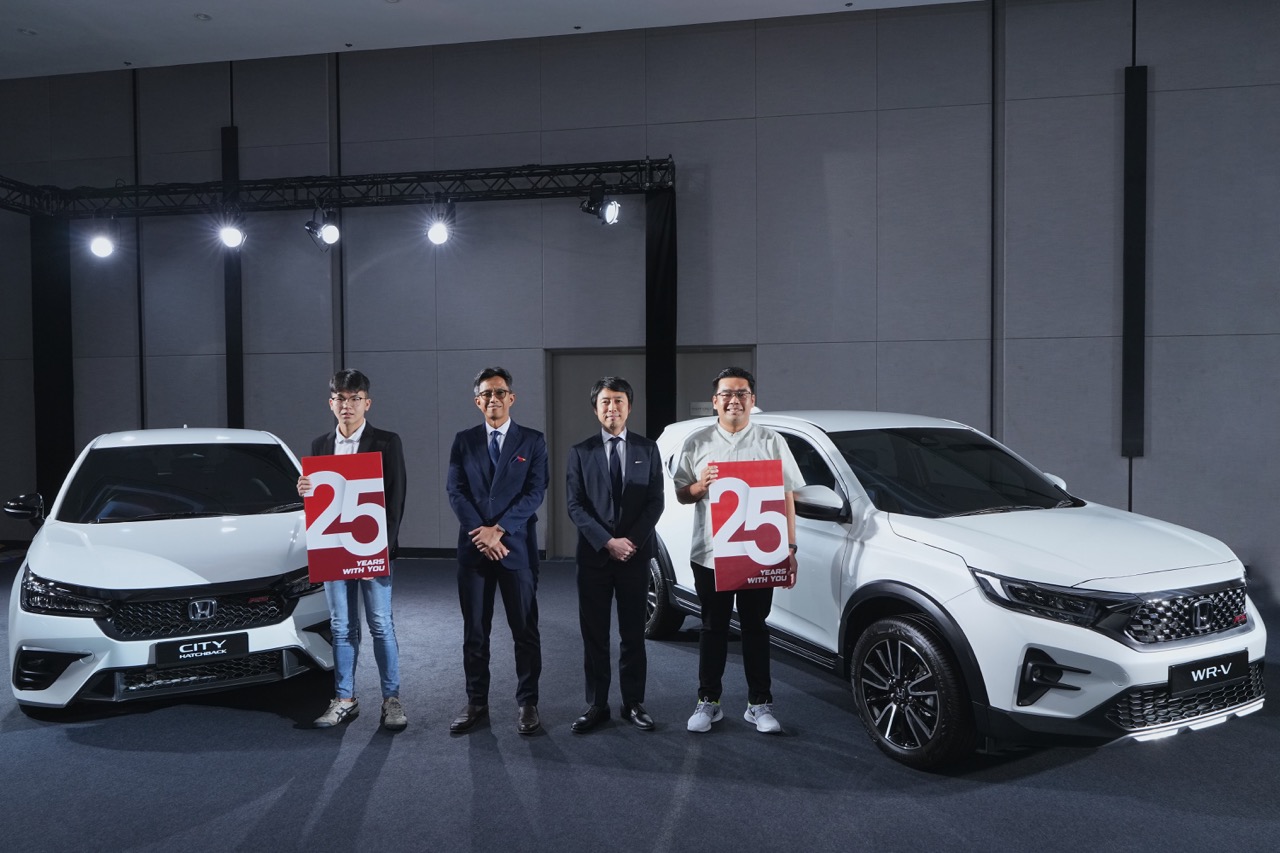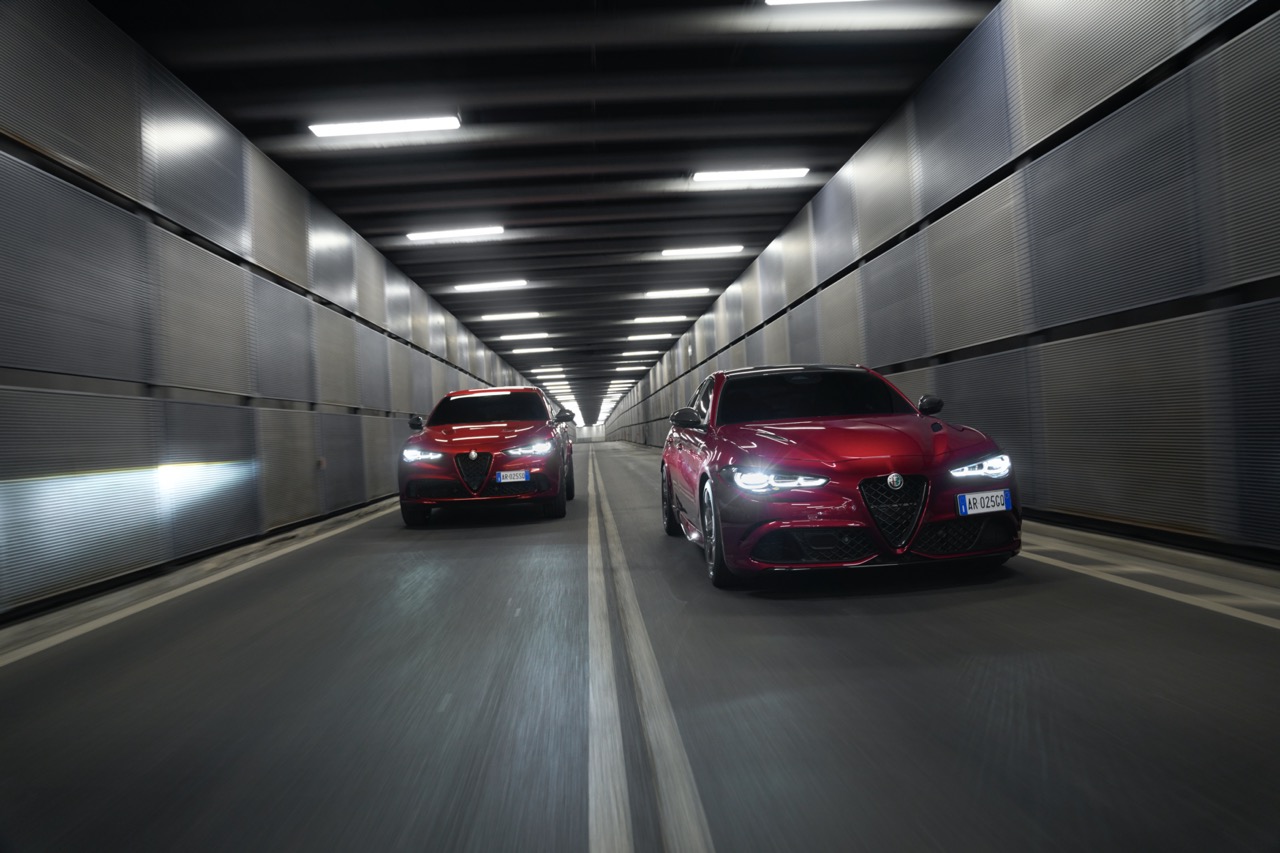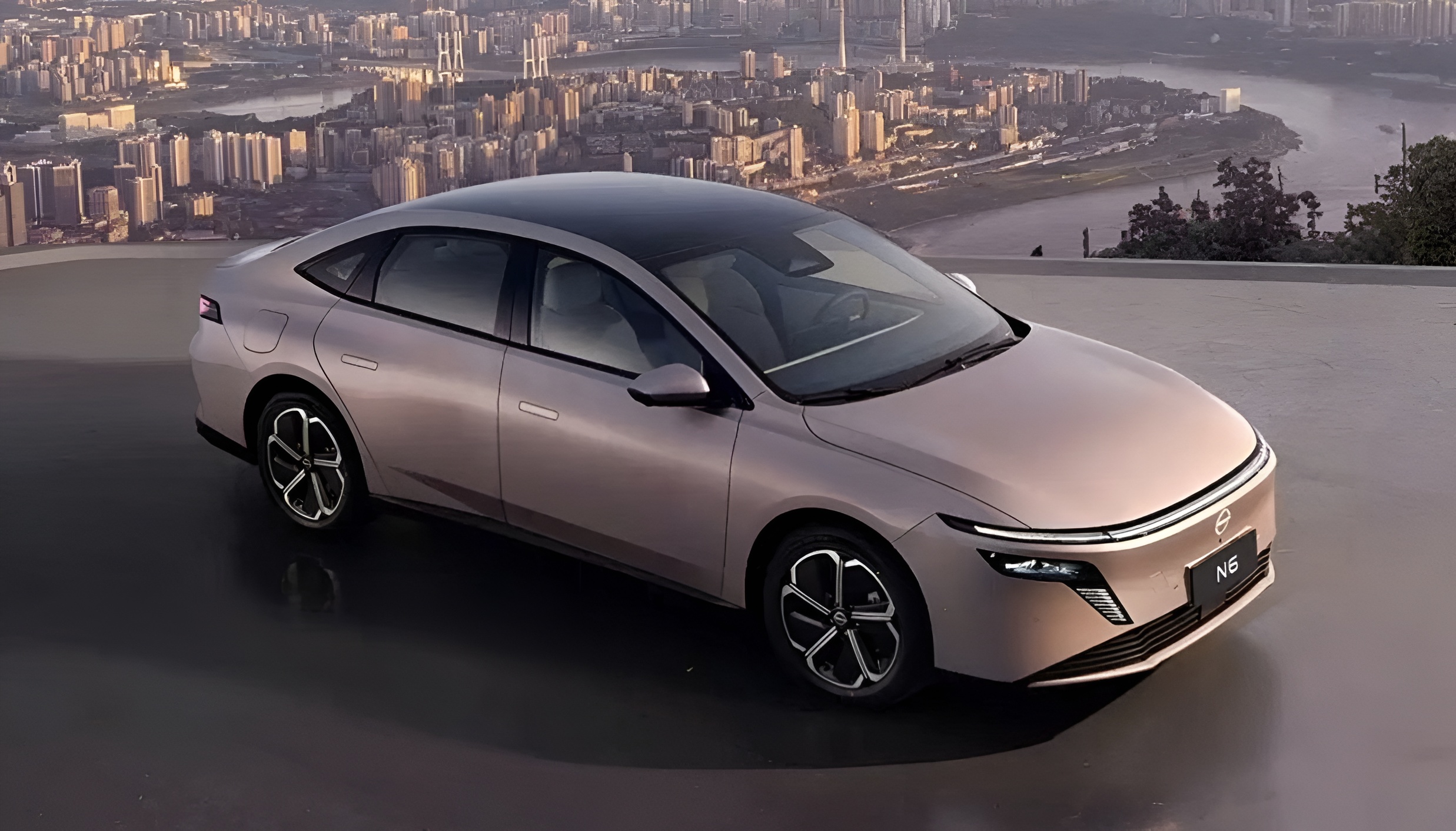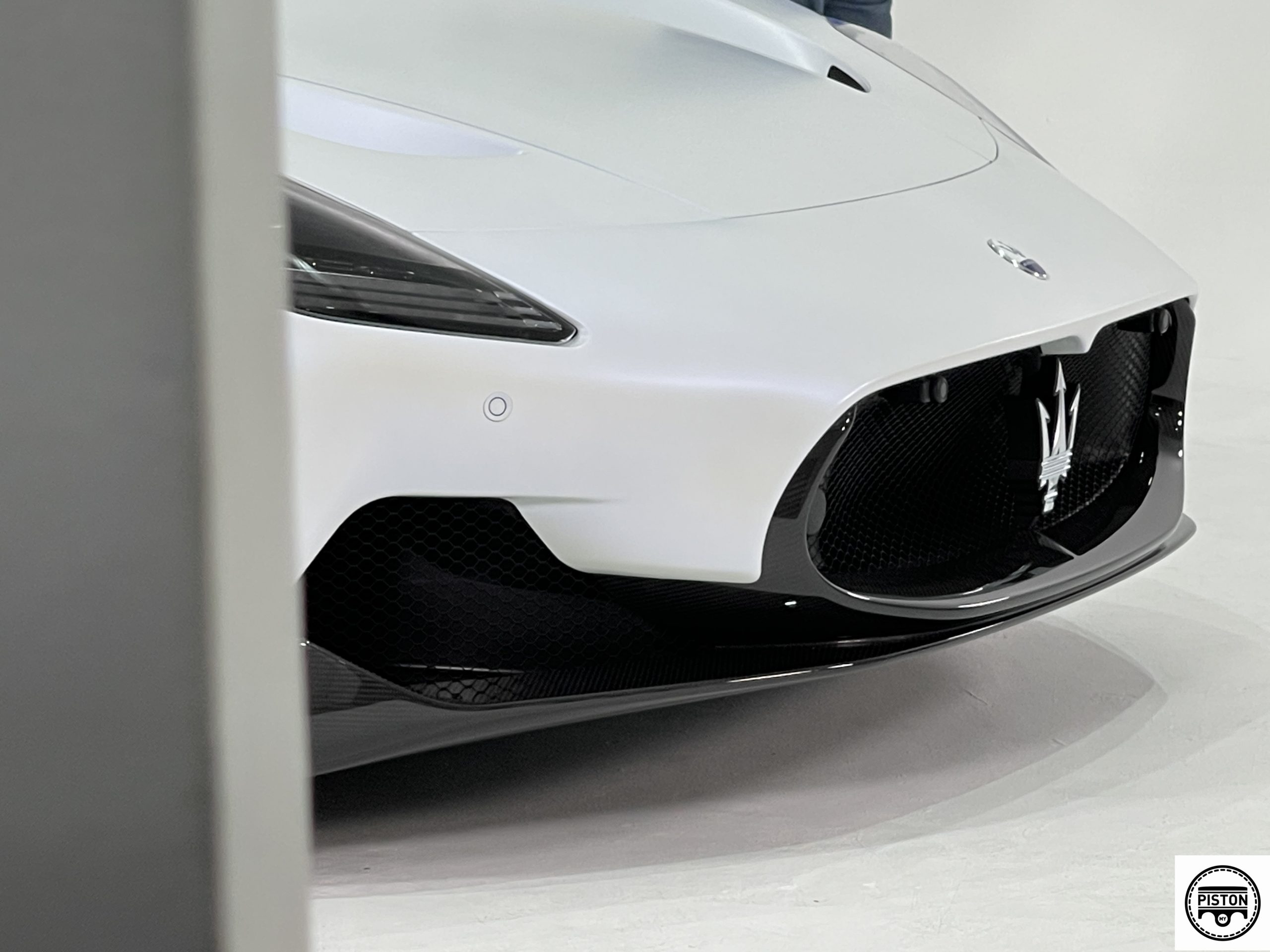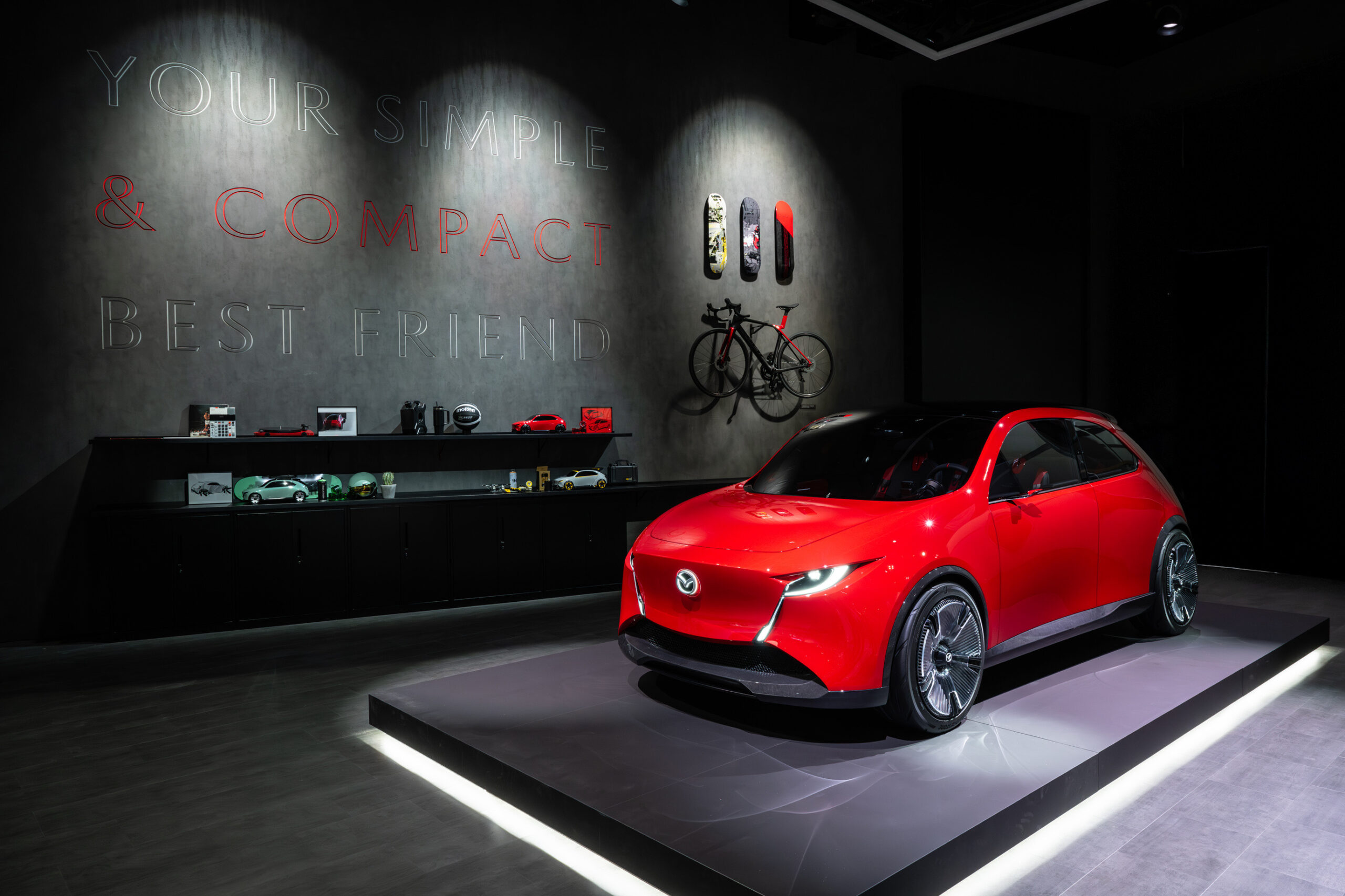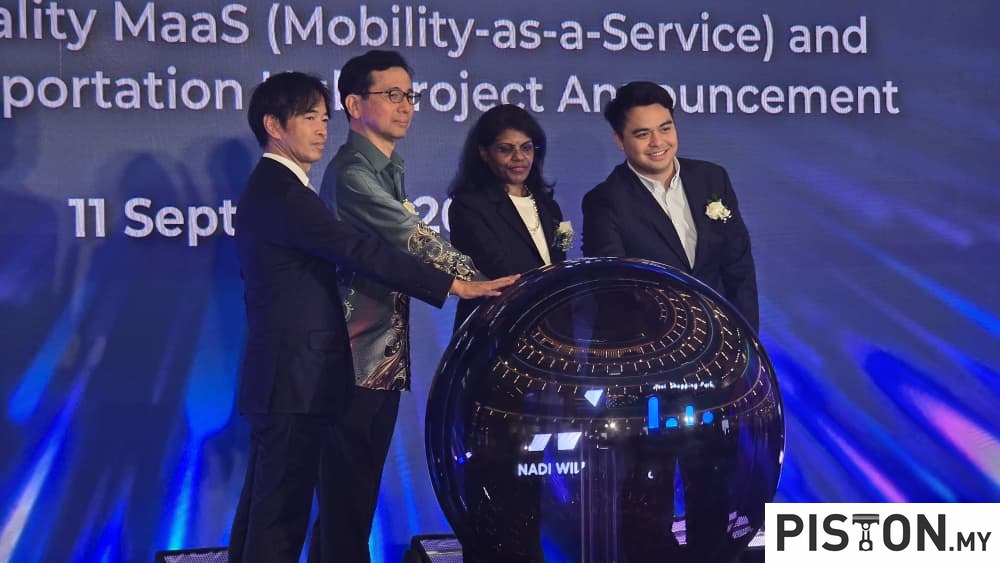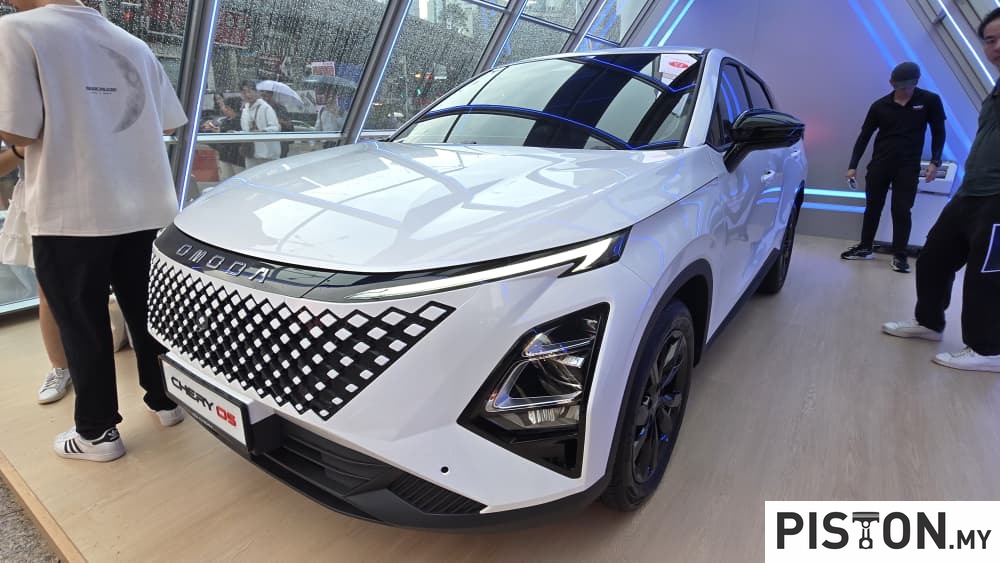Honda’s Type R series of gained legendary status almost immediately each model was introduced. Today, Type R variants of the Integra, Civic, NSX, and even Accord – are much sought-after by enthusiasts and collectors worldwide.
Unusually though, the S2000 was never given a Type R variant in all the 10 years that it was produced. Why Honda never developed a Type R (there were Type V and Type S variants in Japan) has never been clearly explained and some think it may simply have been a case of not having enough potential sales numbers.
Anyway, thanks to Evasive Motorsports, a 21-year old performance tuner in California, there is finally a S2000 Type R. 20 years after the last S2000 was produced, Evasive Motorsports has created its own interpretation of what the S2000 Type R ‘should have been’ with its S2000R resto-mod.
(more…)
